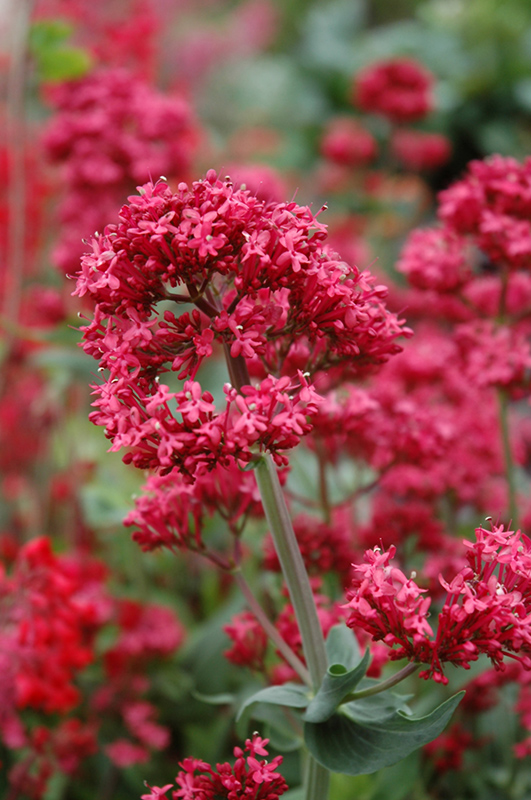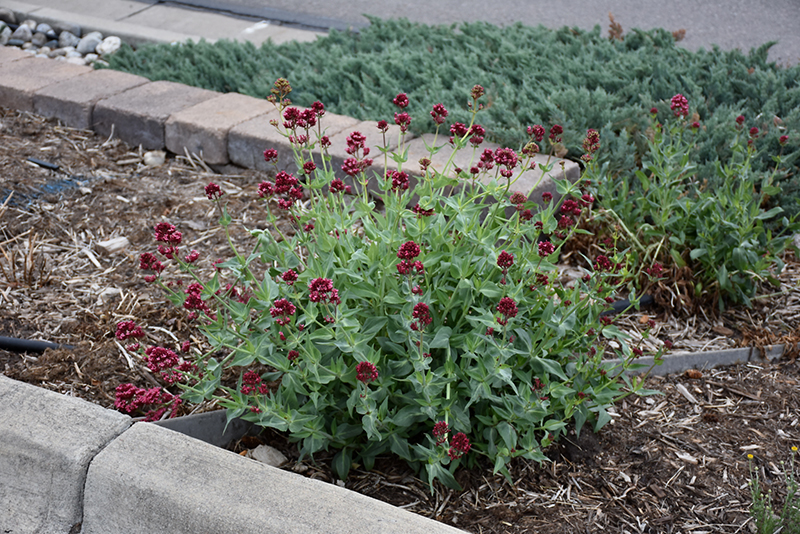VANDERMEER
PLANT LIBRARY
Find the perfect plant for your space by browsing through this extensive selection that we typically carry every year.
This library is for information purposes only.
Plant Height: 24 inches
Flower Height: 3 feet
Spread: 3 feet
Sunlight:
![]()
![]()
Hardiness Zone: 4a
Other Names: Jupiter's Beard
Description:
A well branched, clump forming variety which is valued for use in poor, alkaline soils; a showy bloom of pink to red flowers from red buds from spring to frost; deadhead to prevent seeds from forming; less vigorous in hot humid temperatures
Ornamental Features
Red Valerian features showy cymes of fragrant pink star-shaped flowers held atop the stems from early to late summer, which emerge from distinctive crimson flower buds. The flowers are excellent for cutting. Its attractive fragrant pointy leaves remain grayish green in colour throughout the season.
Landscape Attributes
Red Valerian is an herbaceous perennial with tall flower stalks held atop a low mound of foliage. Its medium texture blends into the garden, but can always be balanced by a couple of finer or coarser plants for an effective composition.
This is a relatively low maintenance plant. Trim off the flower heads after they fade and die to encourage more blooms late into the season. It is a good choice for attracting bees and butterflies to your yard. Gardeners should be aware of the following characteristic(s) that may warrant special consideration;
- Self-Seeding
Red Valerian is recommended for the following landscape applications;
- Mass Planting
- Rock/Alpine Gardens
- General Garden Use
- Naturalizing And Woodland Gardens
Planting & Growing
Red Valerian will grow to be about 24 inches tall at maturity extending to 3 feet tall with the flowers, with a spread of 3 feet. It grows at a fast rate, and under ideal conditions can be expected to live for approximately 10 years. As an herbaceous perennial, this plant will usually die back to the crown each winter, and will regrow from the base each spring. Be careful not to disturb the crown in late winter when it may not be readily seen!
This plant does best in full sun to partial shade. It is very adaptable to both dry and moist growing conditions, but will not tolerate any standing water. It is particular about its soil conditions, with a strong preference for poor, alkaline soils. It is somewhat tolerant of urban pollution. This species is not originally from North America.






